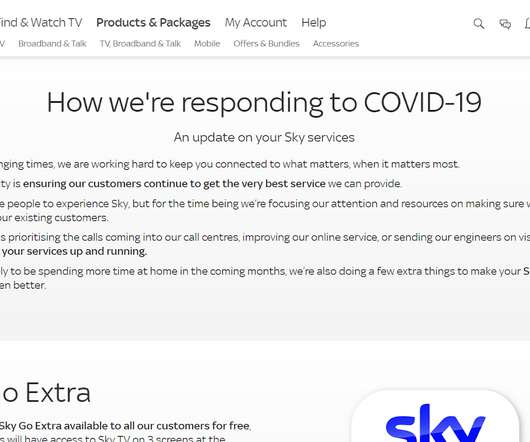Is the Lean Startup Dead?
Steve Blank
SEPTEMBER 5, 2018
Most entrepreneurs today don’t remember the Dot-Com bubble of 1995 or the Dot-Com crash that followed in 2000. Startups with huge burn rates – building leases, staff, PR and advertising – ran out of money. The idea of the Lean Startup was built on top of the rubble of the 2000 Dot-Com crash. And it may work. IPOs dried up.

















Let's personalize your content